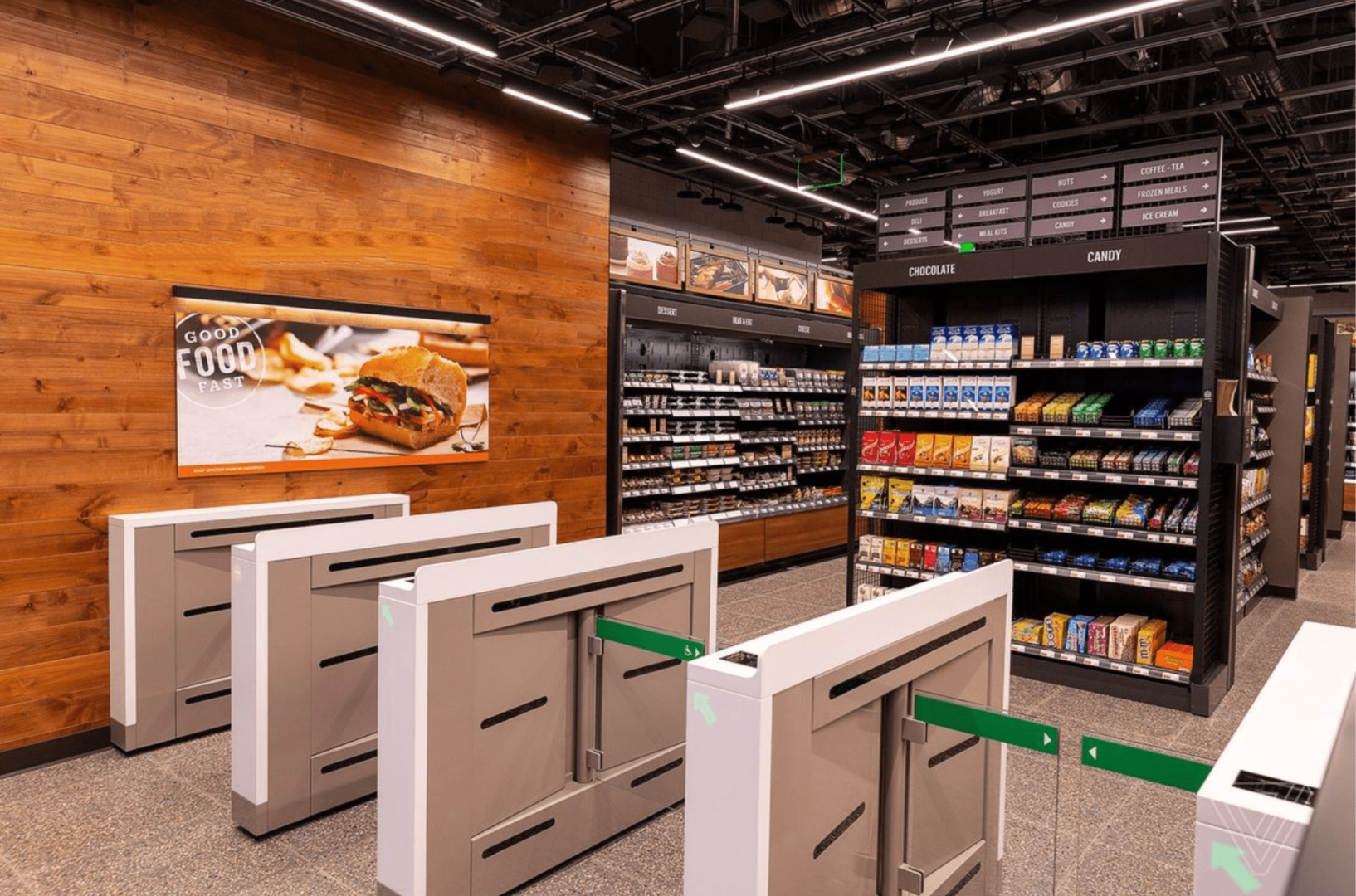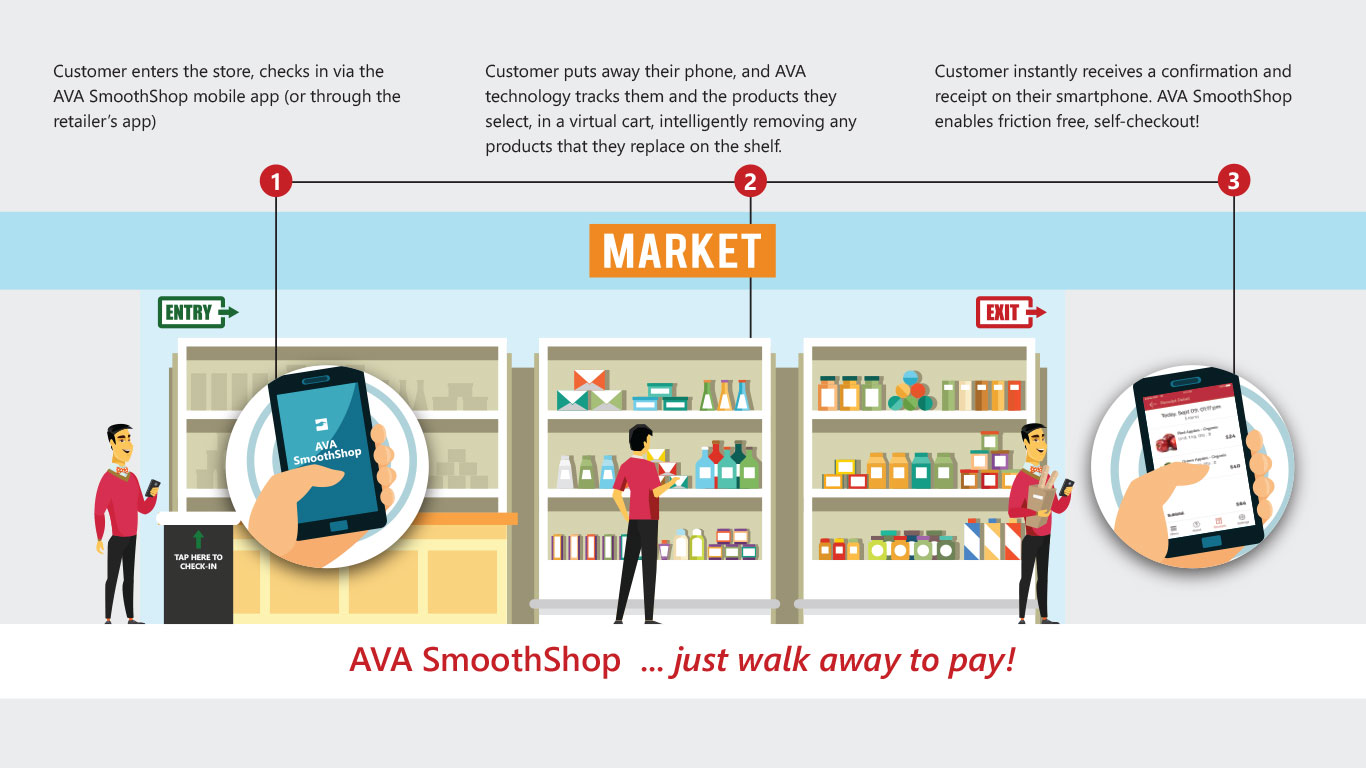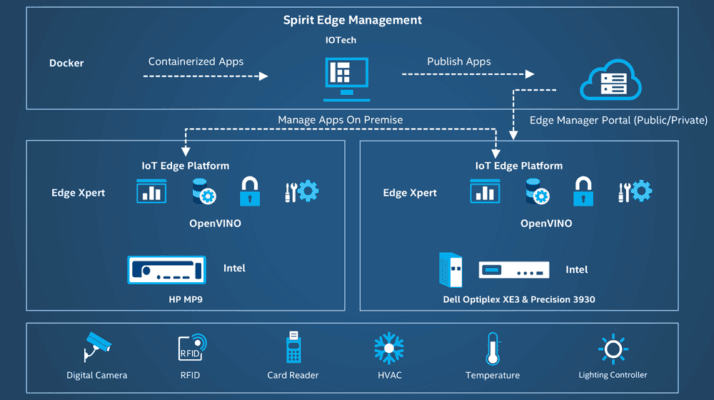Comments
- No comments found

Artificial intelligence (AI) and edge computing play a critical role in shaping the future of the retail industry.
One of the most innovative retail technologies to emerge in recent years is checkout-free stores, which allow customers to walk in, pick up items, and walk out without ever having to wait in line or interact with a cashier. Artificial intelligence and edge computing are at the forefront of this revolution, enabling retailers to create advanced checkout-free stores that offer an unparalleled shopping experience. In this article, we will explore the role of AI and edge computing in building advanced checkout-free stores, with real-world examples of how retailers are using this technology to drive success.
Checkout-free stores have been around for a few years, with Amazon Go being one of the first retailers to introduce this concept. Since then, many other retailers have followed suit, including convenience stores, grocery stores, and even sports stadiums. The appeal of checkout-free stores lies in the convenience and efficiency they offer customers, with no need to wait in long lines or interact with cashiers.

AI and edge computing are critical components of checkout-free stores, enabling retailers to create a seamless and frictionless shopping experience. Here are some ways in which artificial intelligence and edge computing are used in checkout-free stores:
Computer Vision: Computer vision is used to track customers as they move throughout the store and identify the items they pick up. This technology uses cameras and sensors to detect items and their locations, creating a virtual map of the store. Retailers can use this information to charge customers for the items they take without the need for traditional checkout.
Machine Learning: Machine learning is used to identify and recognize items in the store, as well as to detect fraudulent activity. By analyzing customer behavior, machine learning algorithms can detect patterns that indicate theft or other suspicious activity.
Edge Computing: Edge computing is used to process data in real-time, enabling retailers to make quick decisions about customer transactions. By processing data at the edge of the network, retailers can minimize latency and ensure that transactions are processed quickly and accurately.
Several retailers are using artificial intelligence and edge computing to create advanced checkout-free stores, including:
Amazon Go: Amazon Go was one of the first retailers to introduce checkout-free stores, using a combination of computer vision, machine learning, and edge computing to create a seamless shopping experience. The store uses cameras and sensors to track customers as they move throughout the store and charges them for the items they take when they leave.
Zippin: Zippin is a startup that provides checkout-free technology to retailers, using a combination of computer vision and machine learning to track customers and items in the store. Their technology is being used by retailers around the world, including in the United States, Japan, and Brazil.
Walmart: Walmart has recently launched a pilot checkout-free store in Arkansas, using computer vision and machine learning to track customers and their purchases. The store uses a mobile app to enable customers to enter and exit the store, with sensors and cameras tracking their movements and purchases.

Artificial intelligence and edge computing are driving the checkout-free store revolution, enabling retailers to create an unparalleled shopping experience for their customers. By using computer vision, machine learning, and edge computing, retailers can create a frictionless shopping experience that eliminates the need for traditional checkout. As this technology continues to evolve, we can expect to see even more innovative use cases emerge, further enhancing the checkout-free store experience.
Leave your comments
Post comment as a guest